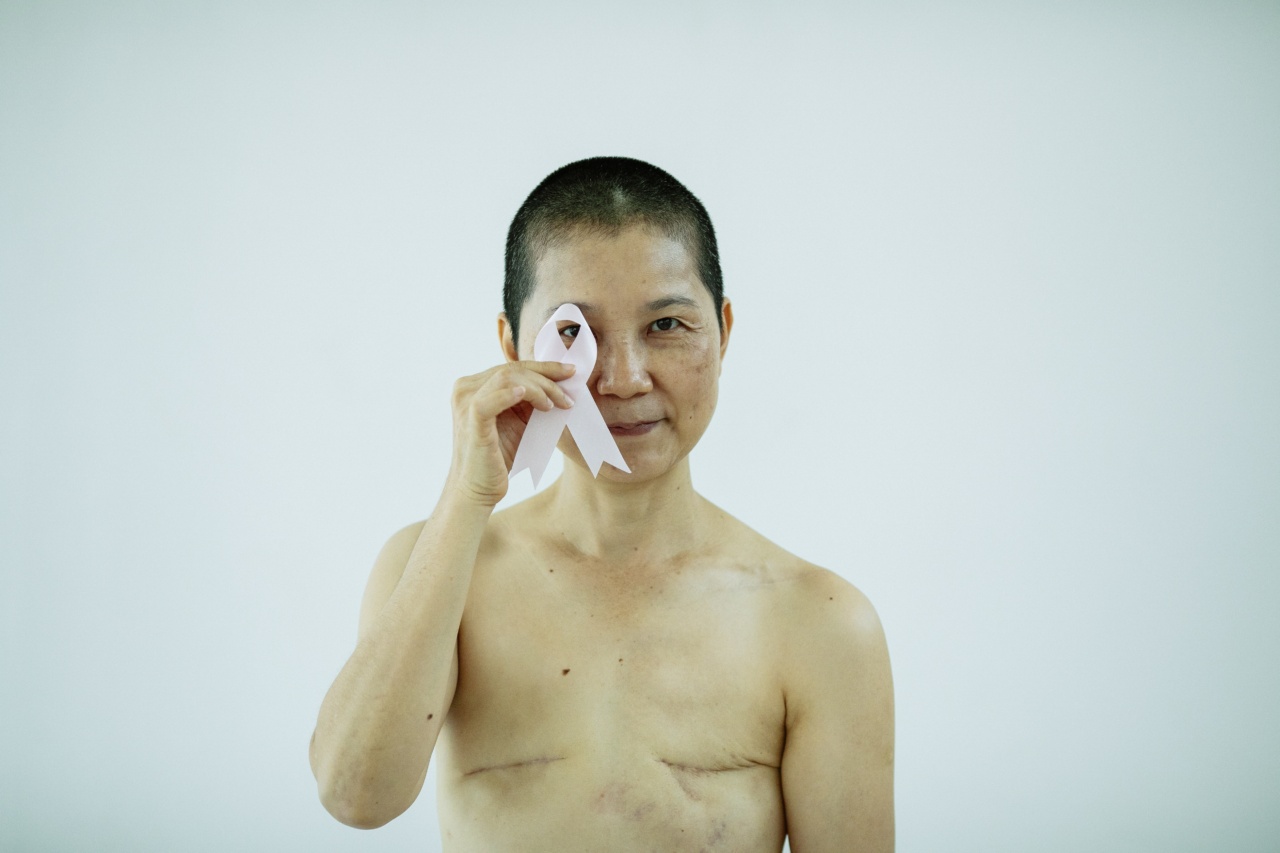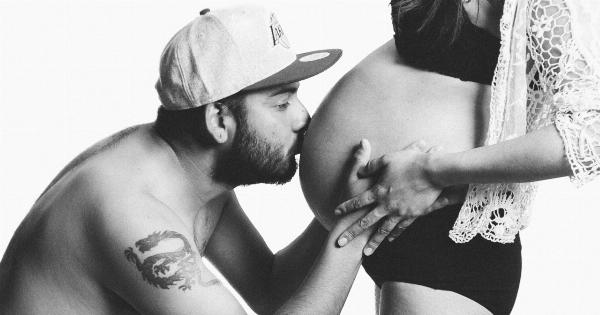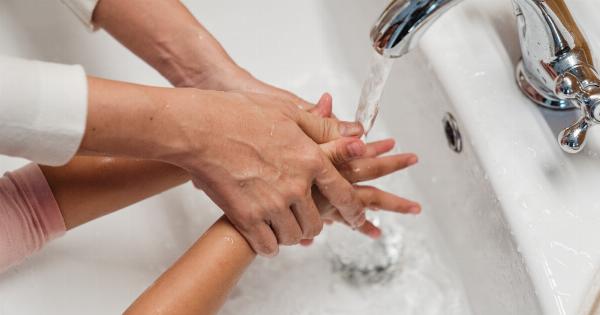As children go through the various stages of development, they may experience a range of physical symptoms and discomfort. One such symptom that parents may encounter is breast pain or soreness in their child.
Understanding the Causes of Breast Pain in Children
It is important to understand that breast pain in children is relatively common and often not a cause for concern. There can be several reasons for breast pain in children, including:.
- Hormonal changes during puberty: As children approach puberty, their hormone levels start to fluctuate, which can lead to breast pain or tenderness.
- Fibrocystic changes: Some children may develop fibrocystic changes in their breast tissue, which can cause pain. These changes are usually harmless and not a cause for concern.
- Growth spurts: Rapid growth spurts can also contribute to breast pain in children. During these periods, the breast tissue may stretch and cause discomfort.
- Injury or trauma: In some cases, breast pain in children may be a result of injury or trauma to the breast area. This can include accidental bumps, falls, or sports-related injuries.
- Infection: Although rare, breast infections can occur in children and cause pain or swelling in the breast area.
Signs and Symptoms
The signs and symptoms of breast pain in children may vary depending on the underlying cause. Some common signs to watch out for include:.
- Breast tenderness or soreness
- Pain or discomfort in one or both breasts
- Swelling or enlargement of the breasts
- Redness or warmth in the breast area
- Visible lumps or thickening of breast tissue
- Discharge from the nipples (rare)
When to Seek Medical Advice
In most cases, breast pain in children is nothing to be overly concerned about. However, there are certain situations where it is advisable to seek medical advice:.
- If the pain is severe and persistent
- If there are signs of infection such as redness, warmth, or discharge
- If there is a lump or thickening in the breast tissue
- If the pain is interfering with the child’s daily activities
- If there is a history of breast cancer in the family
It is always better to err on the side of caution and consult a healthcare professional if you have any concerns about your child’s breast pain.
Managing Breast Pain in Children
There are several measures parents can take to help manage and alleviate breast pain in children:.
- Supportive bra: Encourage your child to wear a well-fitting, supportive bra that can provide comfort and reduce breast movement during physical activities.
- Heat therapy: Applying a warm compress or taking a warm bath can help soothe breast pain and ease muscle tension.
- Pain medication: Over-the-counter pain relievers such as acetaminophen or ibuprofen can be used to alleviate mild to moderate breast pain. However, it is important to consult a healthcare professional before giving any medication to a child.
- Gentle massage: Gently massaging the breasts can provide relief and improve blood circulation in the area.
- Encourage healthy habits: Encourage your child to maintain a healthy lifestyle by eating a balanced diet, getting regular exercise, and managing stress. These factors can help regulate hormone levels and reduce breast pain.
Preventing Breast Pain in Children
While breast pain in children cannot always be prevented, there are a few steps parents can take to reduce the likelihood of it occurring:.
- Encourage a healthy lifestyle: As mentioned earlier, maintaining a healthy lifestyle can help regulate hormone levels and minimize breast pain.
- Protect the breasts during physical activities: If your child is involved in sports or other physical activities, ensure they wear appropriate protective gear, such as a sports bra or chest protector.
- Teach proper breast self-examination techniques: As your child gets older, teach them how to perform regular breast self-examinations. This will help them become familiar with their breasts so that they can detect any changes or abnormalities.
- Regular check-ups: Make sure your child attends regular check-ups with their healthcare provider. This will help monitor their overall development and detect any potential issues early on.
Talking to Your Child about Breast Pain
It is important to have open and honest communication with your child about their breast pain. Make sure they feel comfortable discussing any discomfort or concerns with you.
Explain to them that breast pain is often a normal part of development and that they can always seek your support and guidance.
In conclusion, breast pain in children is usually a benign and self-limiting condition. By understanding the causes, signs, and management strategies, parents can effectively support their child through this phase of development.































